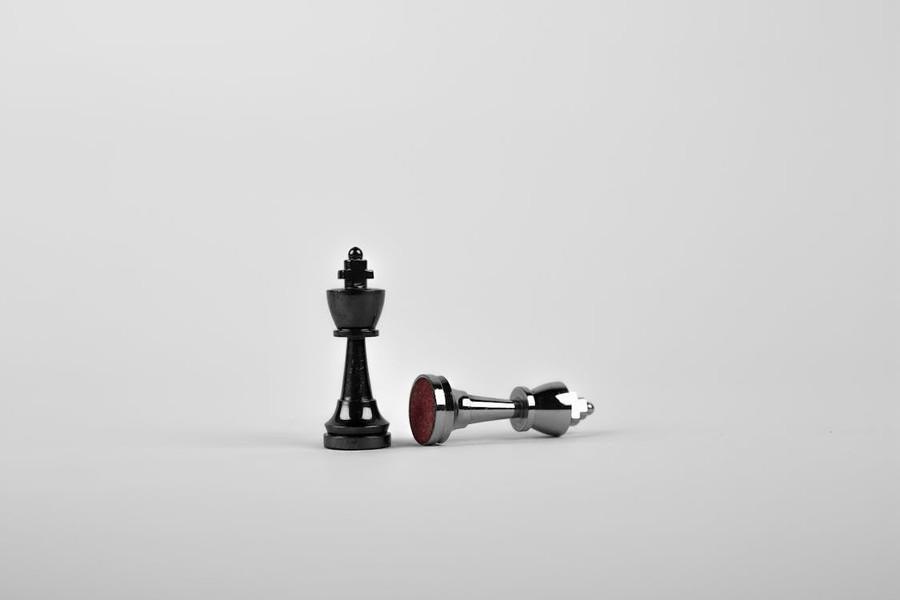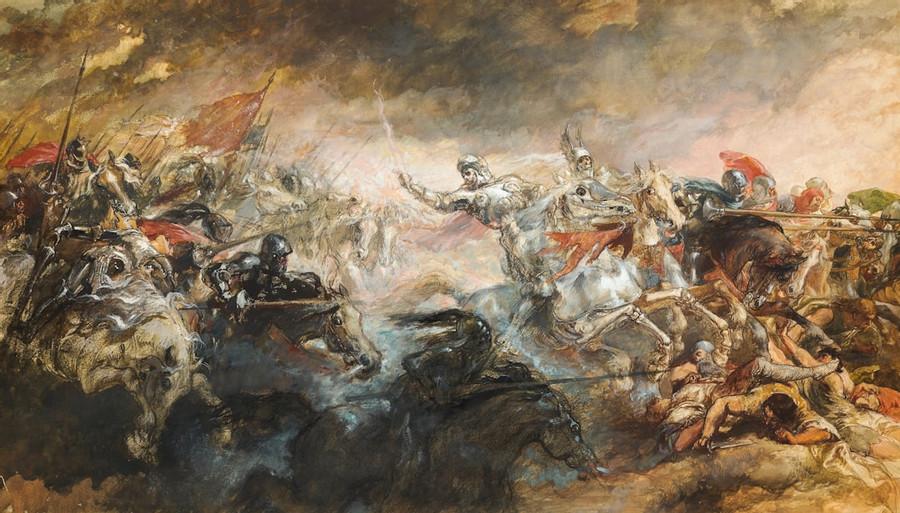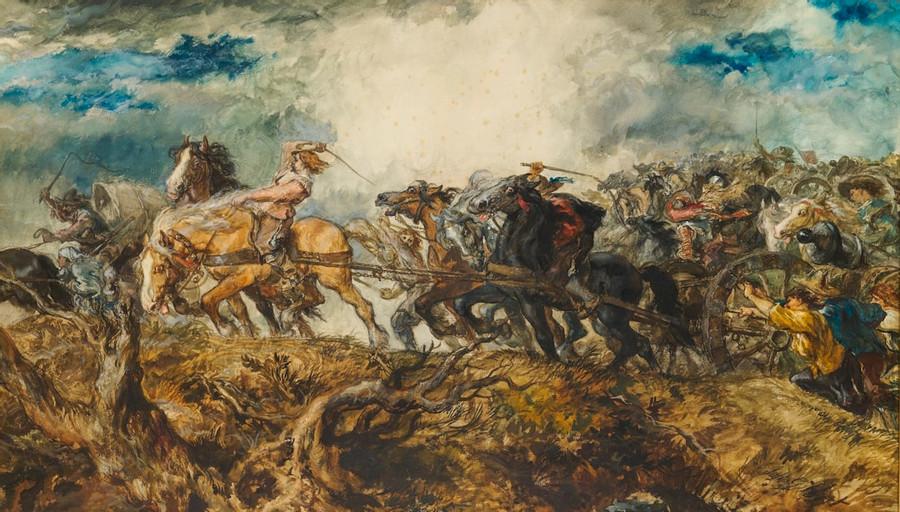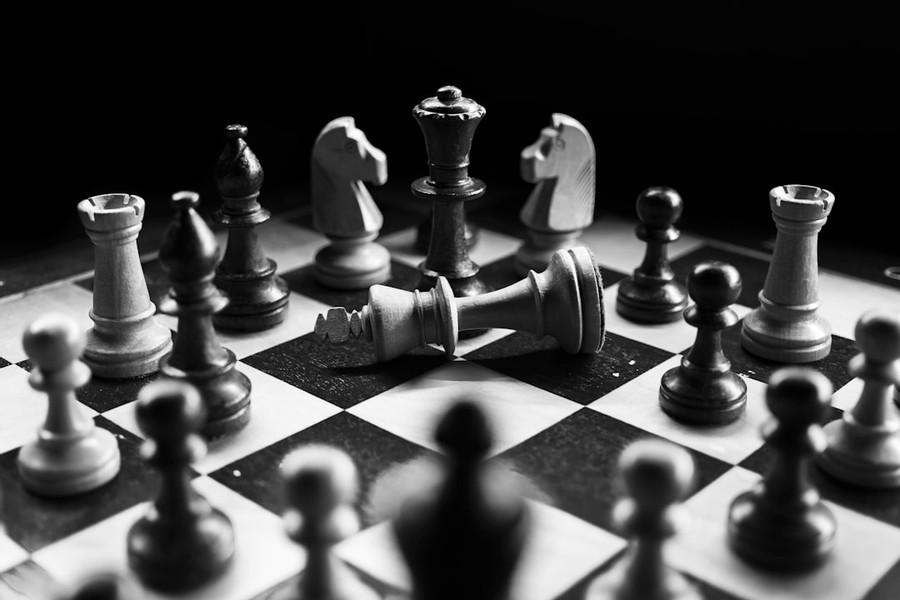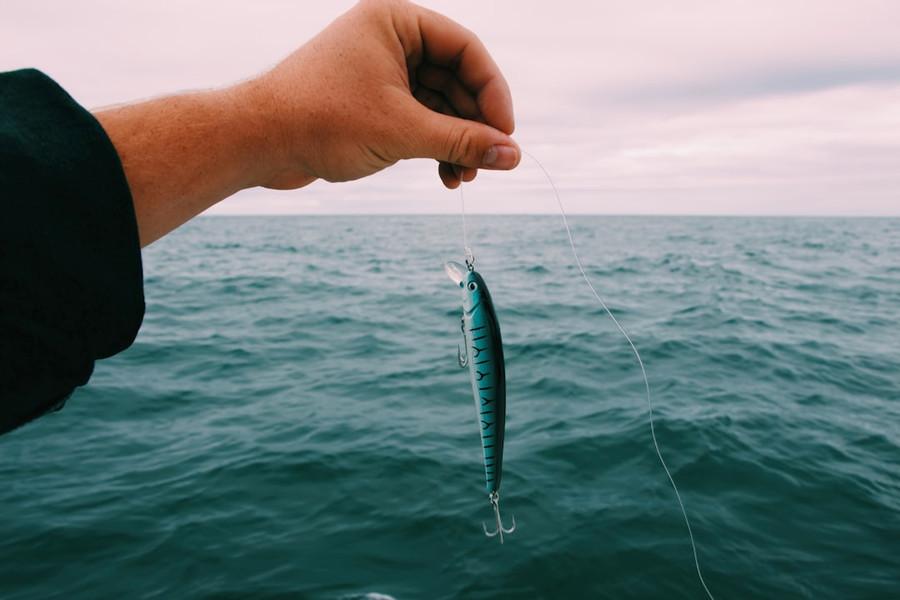10 important concepts in Military Strategy & War
Curated from: mobile.twitter.com
Ideas, facts & insights covering these topics:
10 ideas
·1.5K reads
6
Explore the World's Best Ideas
Join today and uncover 100+ curated journeys from 50+ topics. Unlock access to our mobile app with extensive features.
Seeing the Front
One of the most valuable military tactics.
Involves “personally seeing the front line” before making decisions—not always relying on advisors, maps, and reports, all of which can be either faulty or biased.
Seeing the Front improves the quality of insights.
17
234 reads
Asymmetric Warfare
A type of warfare in which two parties have different military capabilities or methods of war.
In such a case, the weak party must take advantage of its special advantages or the opponent’s weaknesses in order to have any opportunity to achieve its goals.
15
185 reads
Two-Front War
Occurs when opposing forces approach two geographically separate fronts in order to divide and disperse the defenders troops, and create logistical difficulties.
WW2 was a good example: Germany was forced to defend two front's when they became enemies with Russia.
16
172 reads
Counterinsurgency
Various tactics and strategies used to combat armed insurgency (violent, armed war against authority waged by small forces).
It's the blend of comprehensive civilian and military efforts designed to simultaneously contain insurgency and address its root causes.
15
156 reads
Mutually Assured Destruction
A situation where two parties are in a stalemate, and neither can make a move without causing their own destruction.
Paradoxically, the stronger two opponents become, the less likely they may be to destroy one another.
16
133 reads
Proxy War
An armed conflict between two states or non-state actors which act on the instigation or on behalf of other parties that are not directly involved in the hostilities.
Example: Cuban Missile Crisis
17
137 reads
Guerilla Warfare
A form of warfare where small groups of soldiers, such as paramilitary or armed civilians use military tactics including ambushes, sabotage, raids, petty warfare, hit-and-run tactics, and mobility, to fight a larger and less-mobile traditional military.
15
126 reads
Flypaper Theory
Involves deliberately attracting enemies to a location where they are more vulnerable, like attracting flies to flypaper, usually also directing them far away from your valuable assets.
For example, U.S. ground forces in Iraq preventing attacks on U.S. soil.
17
124 reads
Fighting the Last War
Armies by default use strategies, tactics, and technology that worked for them in the past (last war).
The problem is that what was most useful for the last war may not be best for the next one. This can mean smaller forces prevail with better tactics.
17
113 reads
Rumsfeld's Rule
You go to war with the army you have. They’re not the army you might want or wish to have at a later time.
Organizations hardly ever have perfect resources, but they can't always afford to wait until they have better ones before moving forward.
17
129 reads
IDEAS CURATED BY
Cash 's ideas are part of this journey:
Learn more about motivationandinspiration with this collection
Seeking support from others
Identifying the symptoms of burnout
Learning to say no
Related collections
Similar ideas
Read & Learn
20x Faster
without
deepstash
with
deepstash
with
deepstash
Personalized microlearning
—
100+ Learning Journeys
—
Access to 200,000+ ideas
—
Access to the mobile app
—
Unlimited idea saving
—
—
Unlimited history
—
—
Unlimited listening to ideas
—
—
Downloading & offline access
—
—
Supercharge your mind with one idea per day
Enter your email and spend 1 minute every day to learn something new.
I agree to receive email updates

